Looking for a sports car that can handle the snow? Here are the perfect models to enjoy winter driving without compromising on performance.
Read morethe hangout of porsche lovers

MAVMENT BLOG
News Insights restorations

News Insights restorations
Looking for a sports car that can handle the snow? Here are the perfect models to enjoy winter driving without compromising on performance.
Read moreLooking for a sports car that can handle the snow? Here are the perfect models to enjoy winter driving without compromising on performance.
Read moreExplore Porsche customization with Exclusive Manufaktur and Sonderwunsch. Premium materials, unique colors, and bespoke details for tailor-made cars.
Read moreDiscover how Porsche innovates with e-fuels and electrification for the sustainability of sports cars. Performance and sustainability now go hand in hand.
Read moreExplore how Porsche became a gaming icon, from early arcade games to advanced simulators like Assetto Corsa and iRacing.
Read moreExplore Porsche sport suspensions, from electronic systems to racing kits. A complete guide to optimizing your vehicle’s dynamic performance.
Read more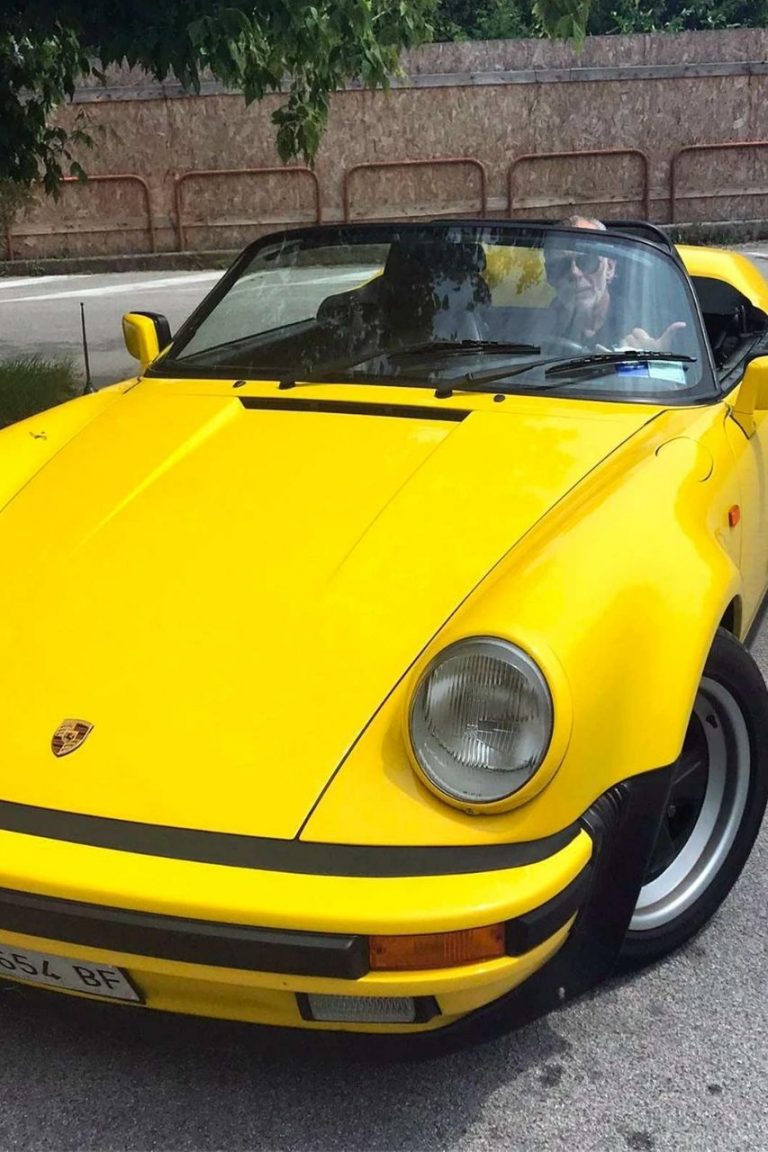

With his Giallina, a yellow Porsche Speedster, Carlo Mancuso, a 66-year-old entrepreneur from Padua, has become well known. We interviewed him for you!
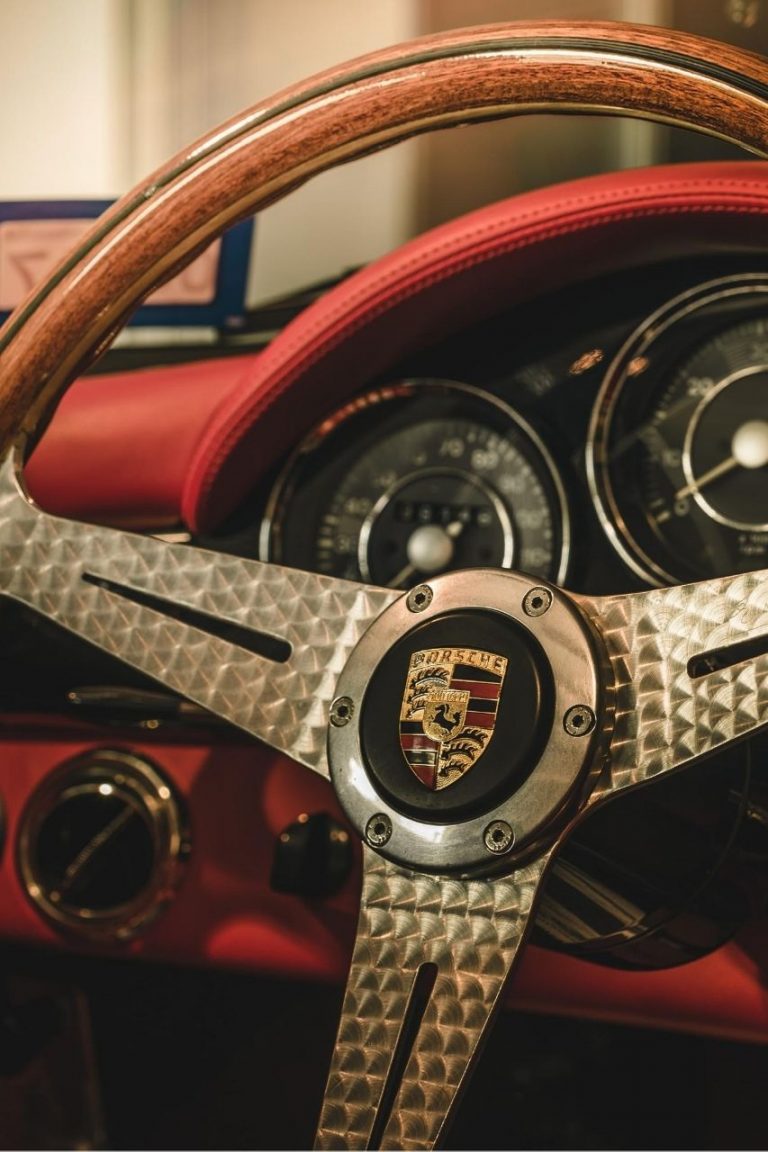
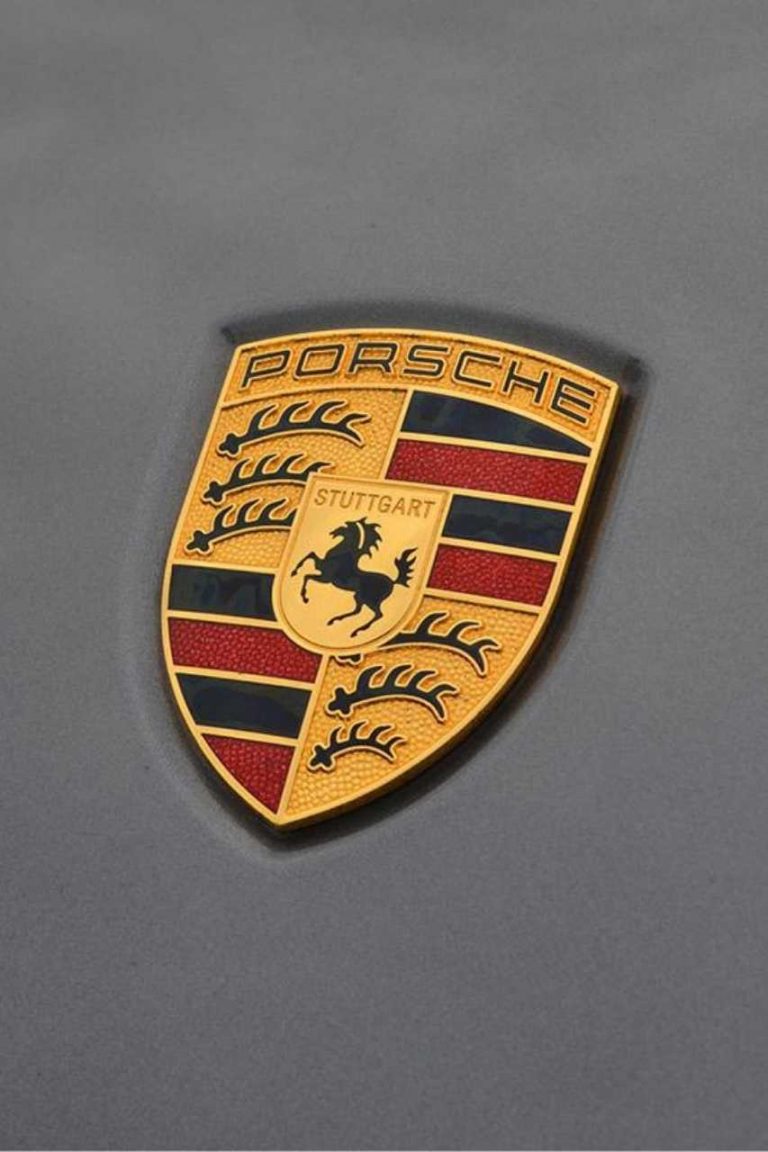
Behind the crest Porsche, as is often the case with house cars, there is a story worth telling. Are you ready to meet it?


With his Giallina, a yellow Porsche Speedster, Carlo Mancuso, a 66-year-old entrepreneur from Padua, has become well known. We interviewed him for you!


Behind the crest Porsche, as is often the case with house cars, there is a story worth telling. Are you ready to meet it?
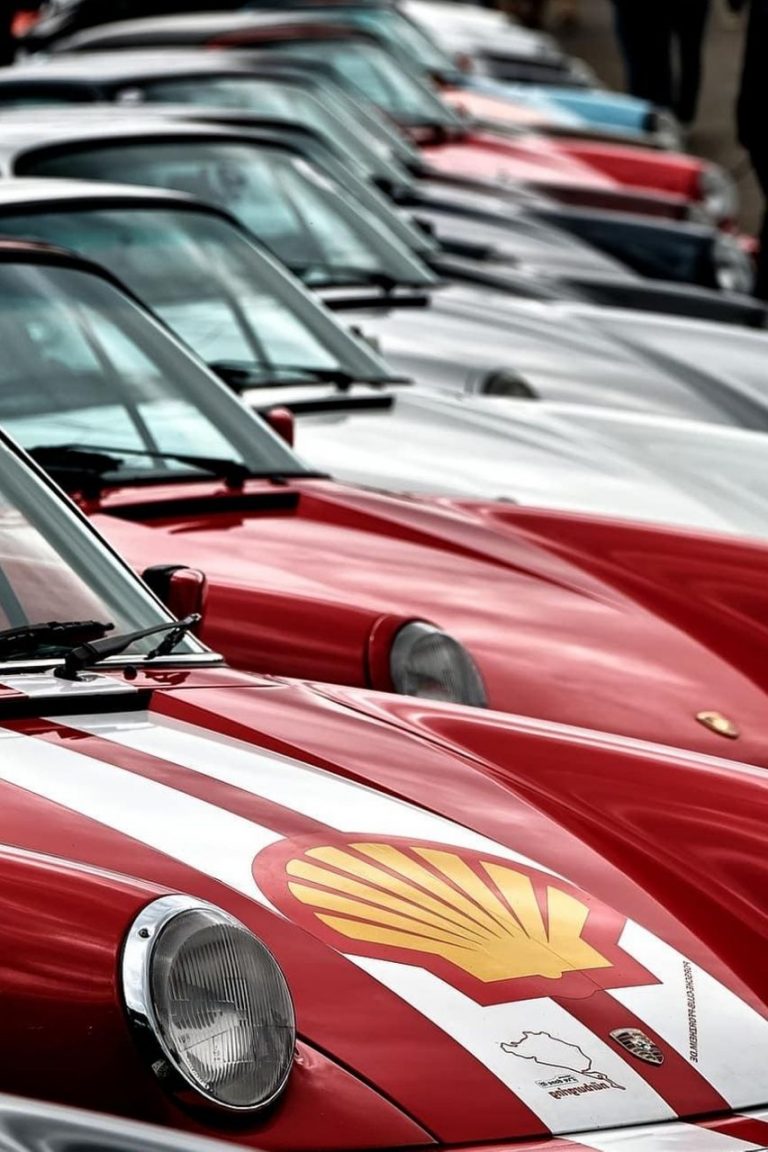
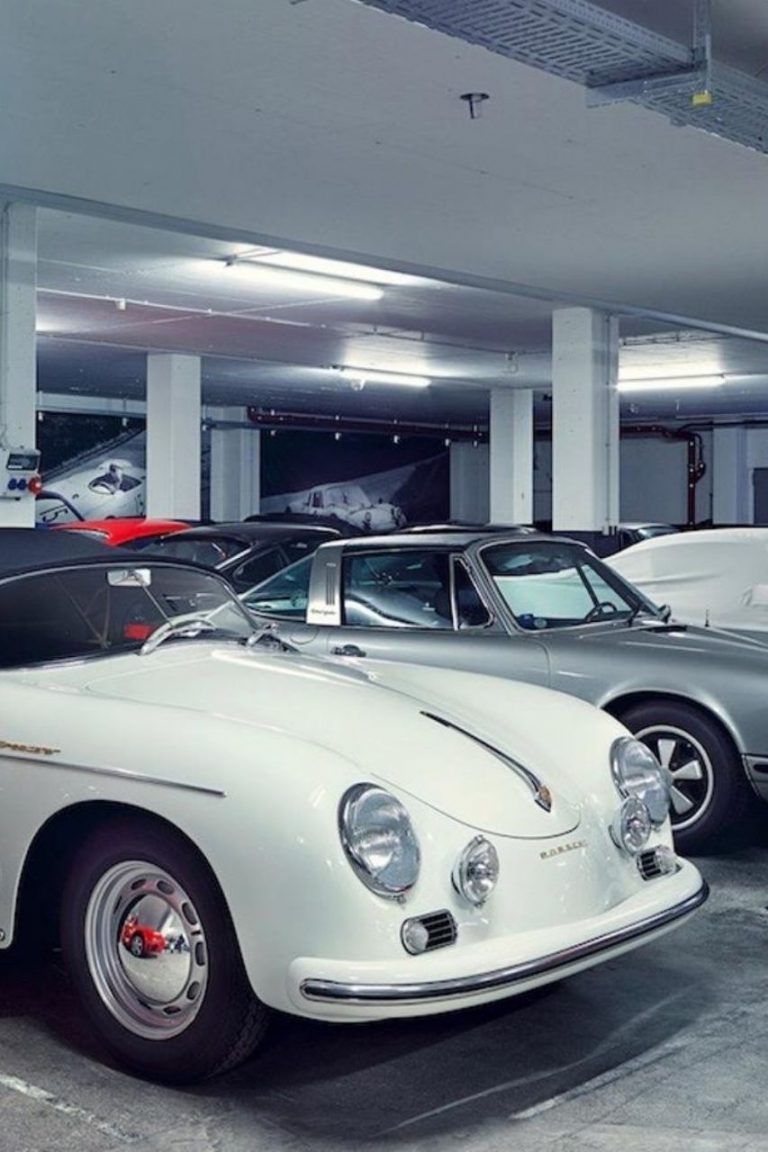
The classic car market is constantly growing, and historic cars now represent a safe haven asset. Let’s see how to choose.⠀
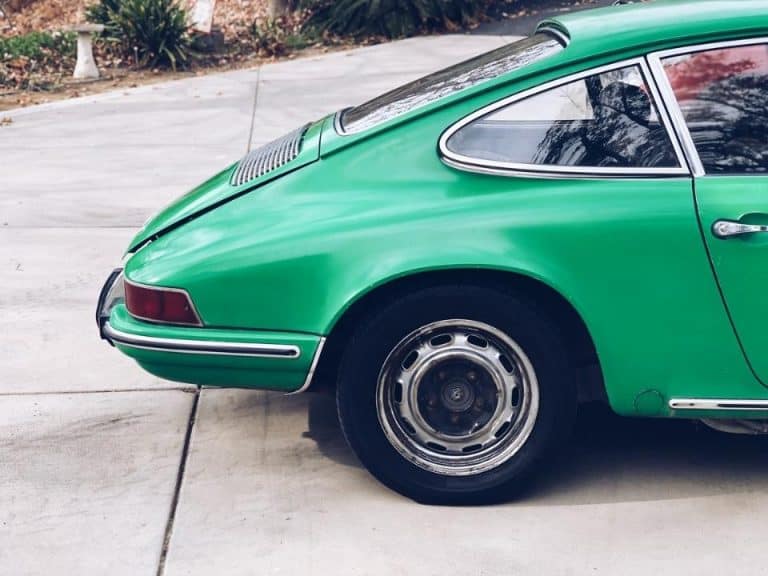
Mavment offers its spare parts excluding the passage of material through wholesale importers, thus lowering prices for the end buyer. Our company considers it indispensable, to provide cost-effective components of excellent quality, the result of meticulous selection of manufacturers and individual parts.⠀
Sign up for our Newsletter to stay up-to-date on promotions and latest news about the world of Porsche!